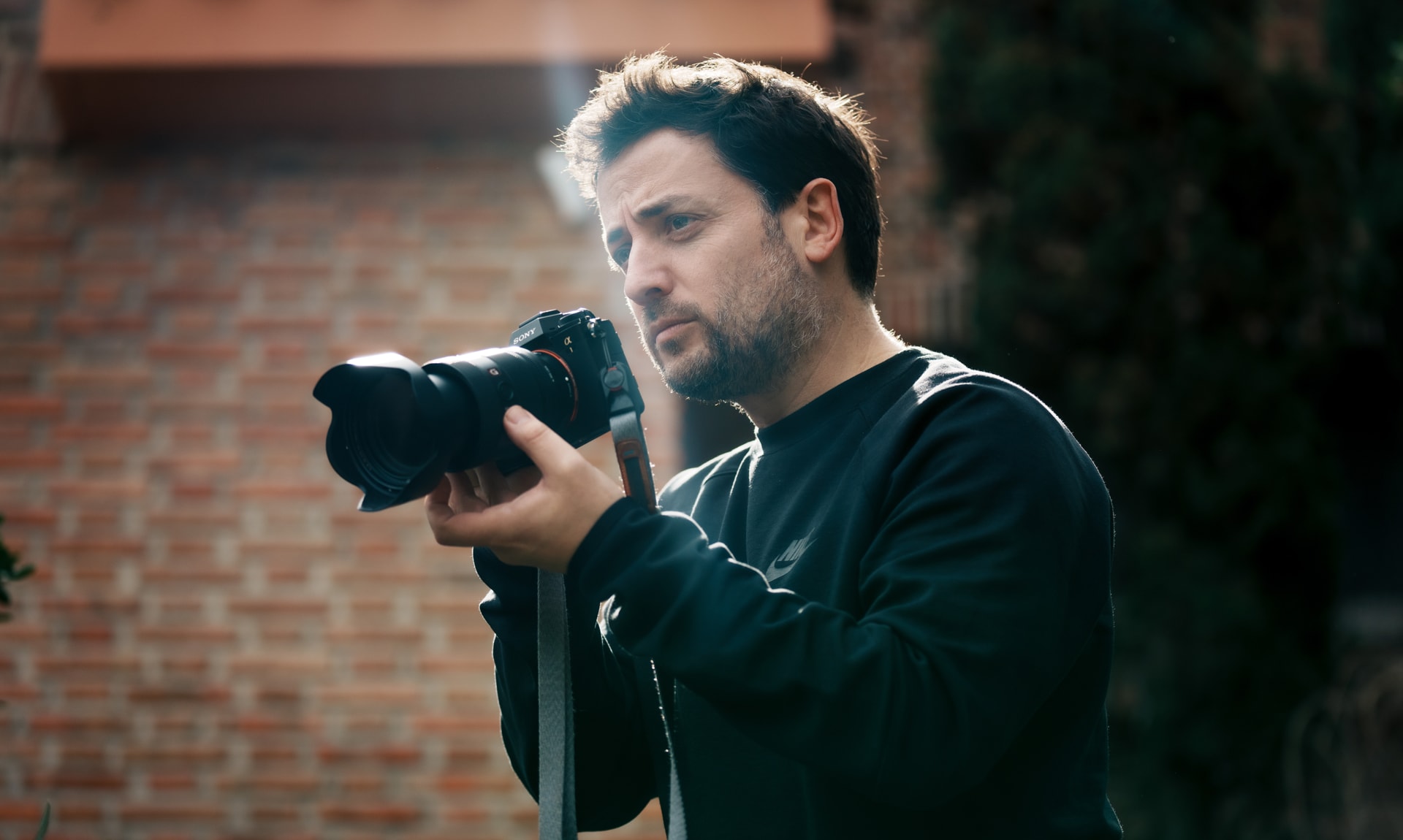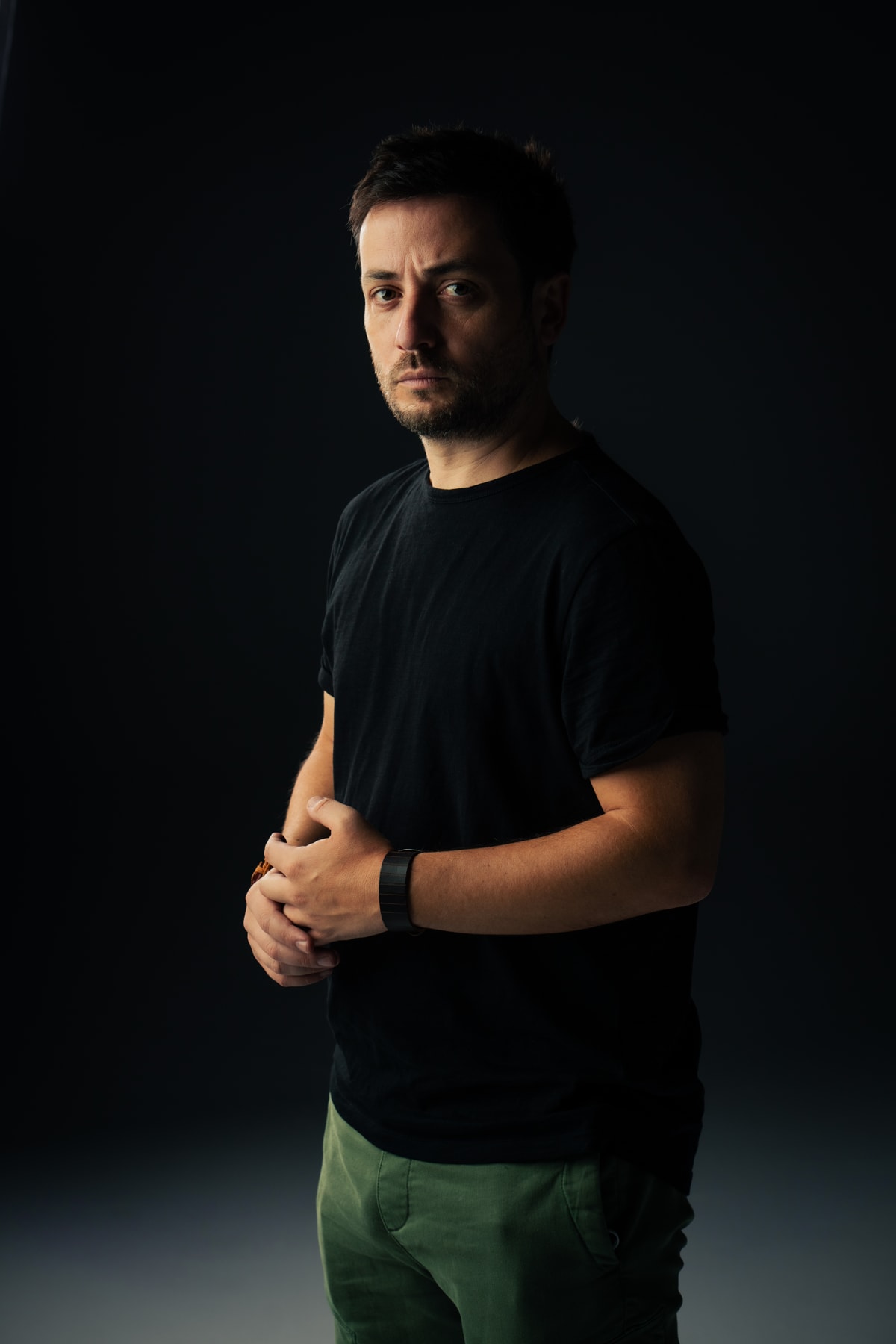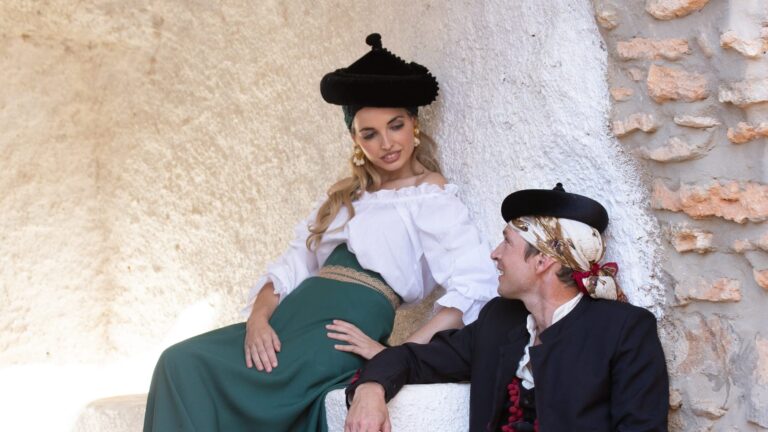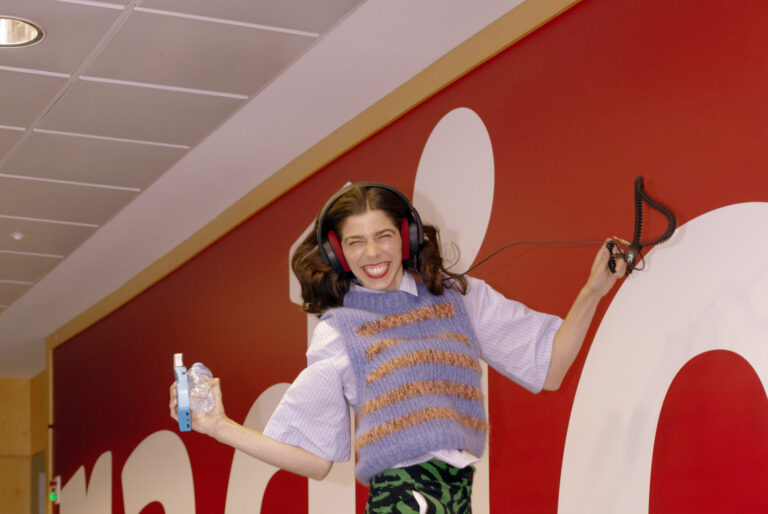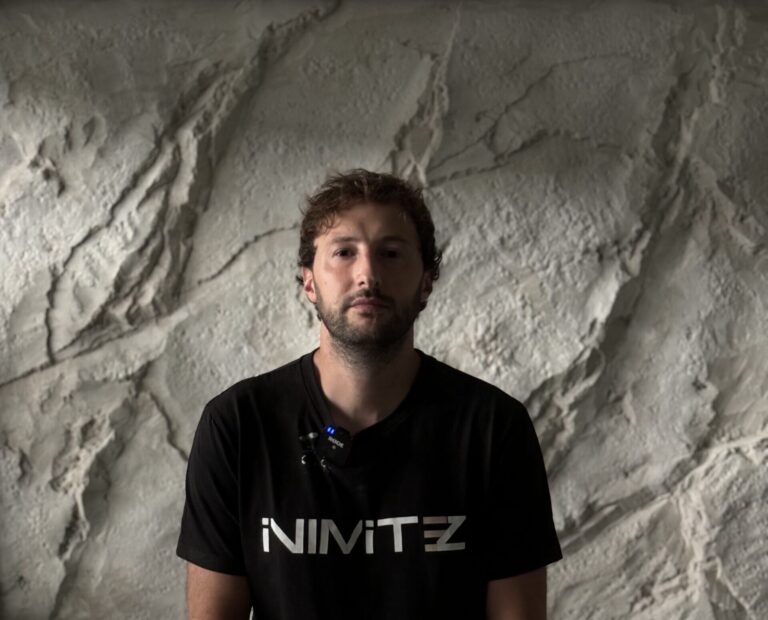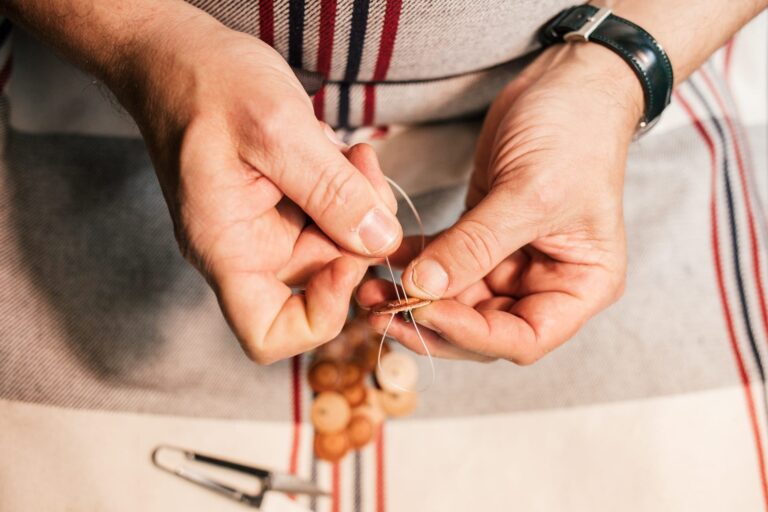Manu Sevillano
He was looking for his place in the world until a small Nikon d5000 fell into his hands and the light was made. More than twenty years have passed since then. Later, curiosity about video invaded him, and he began to investigate the 1080p format.
Today, this image craftsman has found his place. Sports photos, work for important firms such as Forbes, Warner, Disney, National Geographic, or Marvel, advertising campaigns, projects behind the camera in series and documentaries, feature films and shorts of his own, and others...
In short, this audiovisual universe in which security comes from having someone who assures you of quality behind the lens. And that is what this image craftsman does, improving the performer, and the shown element, since his friendly, powerful, captivating, and real images are an added value to the final product.
In this interview, Manu Sevillano, who never lets go of his camera unless it is to spend time with his family, tells us more about his life and his work:
Hello Manu. How did it all start?
I didn't know what I wanted to do with my life until quite late. A stage lighting course in which we worked with old analog cameras was what sparked my love for photography. One of my teachers, convinced that digital had no future, encouraged us to continue with analogical photography, but I didn't listen to him and, in 2010, I entered EFTI to study digital photography.
In addition to the experience that years of work provide, what has been your technical training? Any mentors you remember?
In this job, you have to be constantly training. Every day new techniques appear, editing programs are updated, etc. I am from a generation that has lived through the era before the brutal digitalisation supported today and that means I have to study every day.
Manolo Pavón has been a great mentor for me. In fact, today he is much more than that. He is a good friend, a reference, and someone from whom to learn every day professionally and personally. He is a reference in still photography and has always worked with the best. Having him close by has helped me to make a little space for myself in this world. Lucky.
Of the audiovisual projects in which you have participated, which one is the most special for you?
“Carraco” (Filmin) is a documentary that I shot with Carlos Cazurro and that is special for several reasons: one of the protagonists is my father; it tells a story that happens in my towns, Toro and Tiedra; and it denounces real problems of people who live in rural areas of Castilla y León (depopulation, lack of services...). Carraco has allowed me to meet people, stories, and places that have always been very close to me but that had gone unnoticed. It is a wonderful and eternal reminder of my roots.
Another special project is “Celeste”, a series recently released on Movistar+ that has allowed me to work with Manolo Pavón and the great Carmen Machi.
Is Artificial Intelligence applicable to your profession? What is your opinion of it?
When an editing program executes in a second what used to take hours, I think about the amount of time we would have saved years ago: cutting out objects, and subjects, enlarging backgrounds… AI is necessary and unstoppable. It is here to stay and improve our work in many ways.
What is the furthest place you have traveled professionally?
We traveled to La Palma to film the series “La Palma” (Netflix) and it seemed like an incredible place because it is a very small island but it contains all the landscapes, all the climates… It has a very particular light and extraordinary views of the ocean.
You don't have to go very far to discover wonderful places.
Where in your creative process can we apply the word “craft”?
La fotografía tiene un elevado componente tecnológico: iluminación, cámaras, programas de edición… Sin embargo, hay un factor artesano en el modo de usar todo esto. Como otros artistas plásticos, nosotros también dibujamos con la luz los contornos, los rostros o los paisajes, dándole una intención diferente a cada toma según el propósito de la foto. Una misma fotografía te puede decir cosas muy distintas dependiendo de cómo y dónde se coloque la fuente de luz y es ahí donde el componente humano juega su papel.
Do you have any hobbies outside of your work?
Music. There is always music in my house: while I work, while I cook, while my eldest son practices on his piano or I practice on my guitar…
Movies and series, of course, are my other great hobbies.
What type of equipment are you most comfortable working with?
I always try to go light. I work with full-frame cameras that give a good resolution to make enlargements. But the most important part in still photography is that the shutter is completely silent, so as not to disturb during the scenes.
As for optics, I use a pair of very versatile lenses such as the 24-70 and the 70-200, and fixed optics that give you better performance in low-light conditions.
Although it is not the most important part, having good equipment helps you solve complicated situations and makes work much easier.
What is the importance of still photography in cinema and what do you bring to that image?
Image is everything today and even more so when we talk about audiovisual products. On the main platforms, we see hundreds of movie posters that are the fruit of the work of still photography. Also, the miniatures that present each chapter of a series, the publication in the feed of the producers, the Mupi in the streets advertising the film... Always still photography. But it is the work of the entire film crew: graphic designers, the art team that embellishes the set, electricians who execute the idea of the director of photography, etc. That is to say that there is a prior work to taking that photo that is extremely important and without which the result would not be the same. That is why many times my work consists of not spoiling the rest and providing the final touch.
Our previous protagonist, Martín Lagares, left us a question for the next one. Can you answer it? It is this: Do you think that work is more important than destiny and luck, or the opposite?
I do not believe in destiny or that our path is marked only by our actions. I think that luck is fundamental in every event in life: being born in a certain place or family, meeting the right person… Everything in life has a high component of fortune. It is a question of knowing how to take advantage of it or not. And that is where work, dedication, and effort come in…
I believe that no matter how hard people try, they need a lot of luck to be able to achieve their work objectives. So I stick with luck as the main factor in a person's life and professional development.
Professionally, do you have any dreams to fulfill?
I still have everything to fulfill, although I am not obsessed with goals. I am lucky to be surrounded very well professionally and, above all, personally, and I think that is a very solid base for success, understood as being happy and continuing to live off what I like, to come by itself.
Can you leave us a question for the next protagonist to answer?
What would you change about your professional life if you could go back in time?

